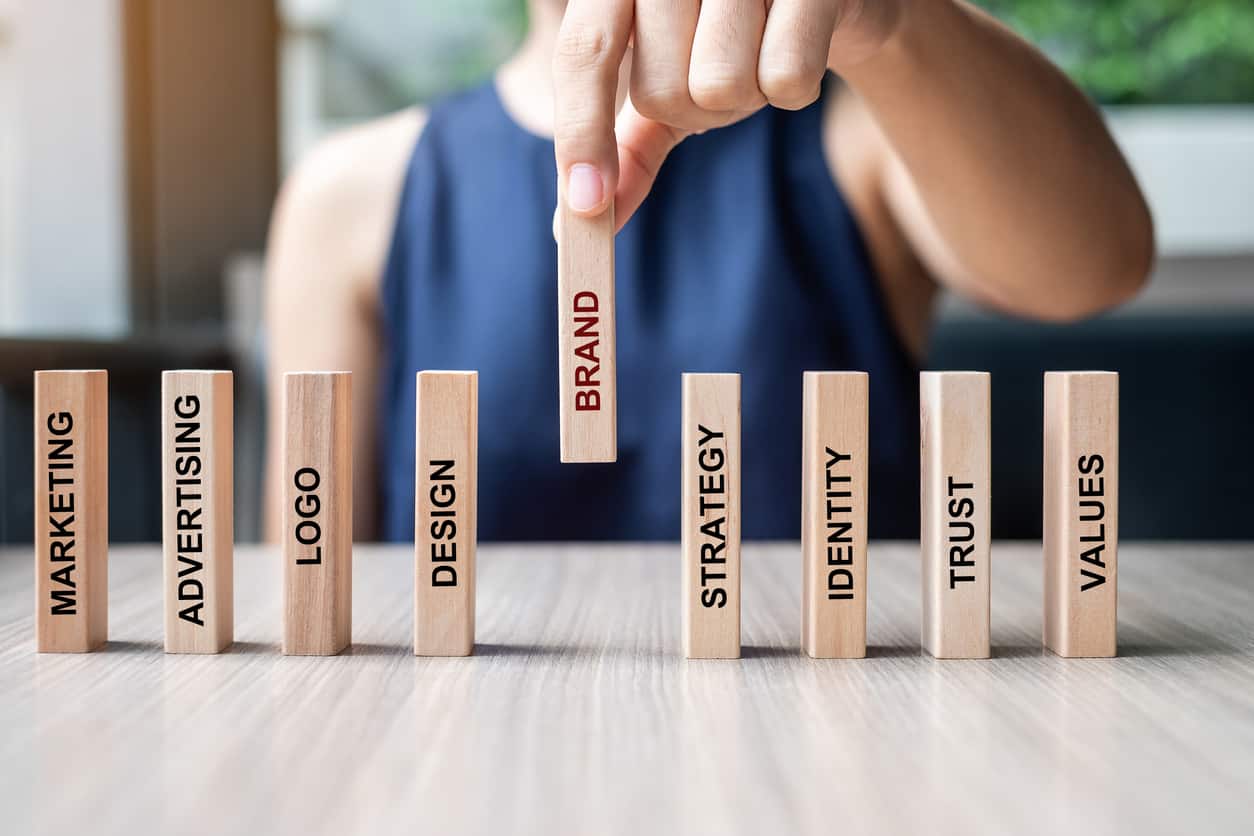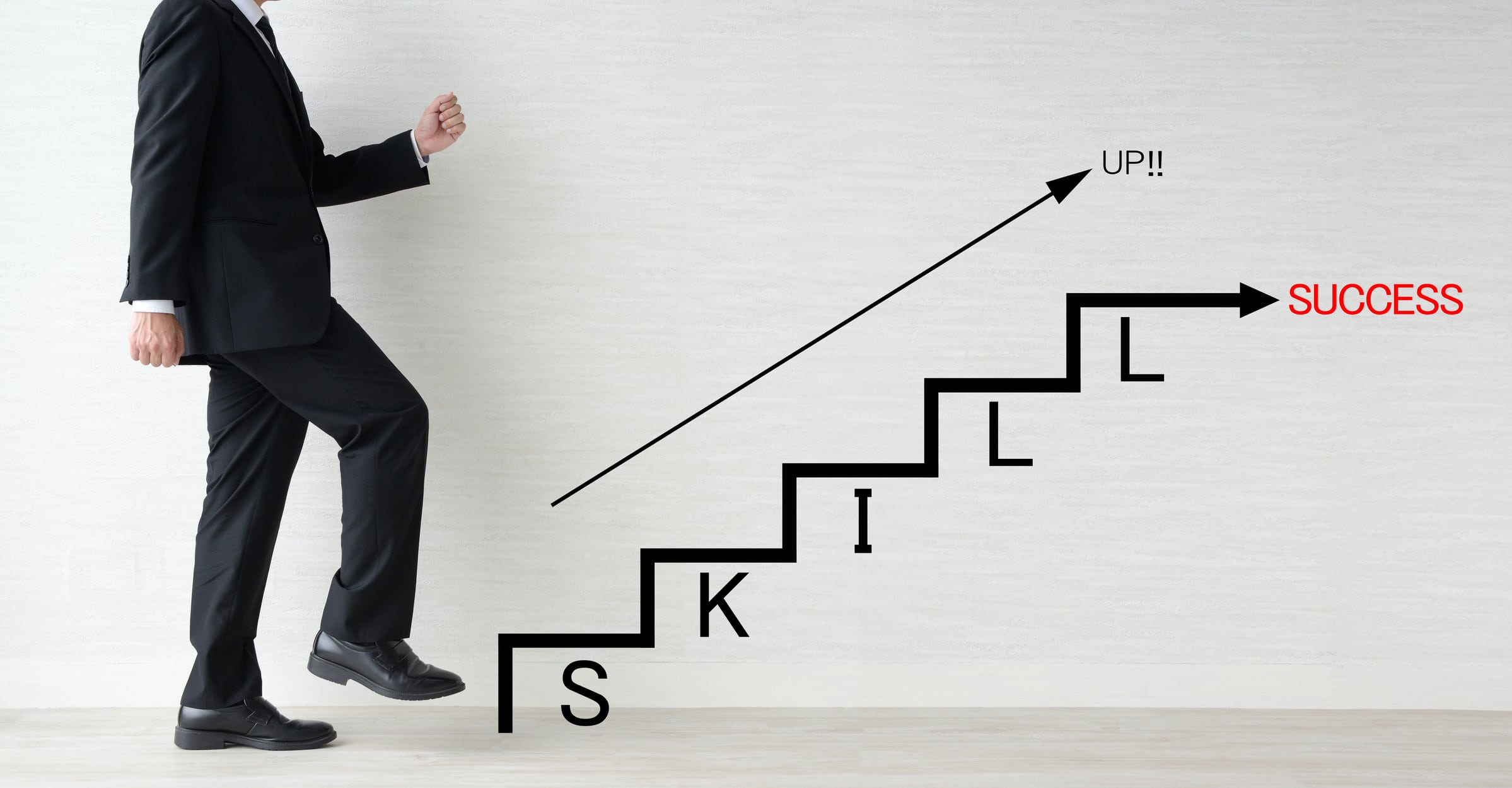- Introduction
- What is a leadership brand?
- Can we divide leadership brands into two types?
- How to create a personal leadership brand?
- Conclusion
Introduction
A leadership brand, in simple words, is your reputation. It is the values you stand for, your identity, and your distinctiveness as a leader. Unconsciously, all individuals in leadership positions embody a particular leadership brand. But whether that is right for them and if it furthers the goals of the company they work with is something we will discuss along the length of this blog.
So let’s get started with the basics first.
What is a Leadership Brand?
A leadership brand conveys the values and ethics you stand for. It is also one’s effectiveness in getting things done, how they are done, and the example you set for your employees to follow. This is what we call the Personal Leadership Brand.
There is another kind of leadership brand. That of an organization.
The company leadership brand can be understood as the reputation of producing and nurturing highly-skilled managers that can fulfill customers’ and investors’ expectations.
A company with a leadership brand instills confidence that its employees and managers will make good on the firm’s promises. For instance: every time you walk into Archies Gallery, you know the kind of friendly vibe that the store personnel will have towards you. Or the reassurance of stability and tradition that working at or meeting an ONGC employee/executive gives.
Stages of creating a personal and company leadership brand?

While the process for creating a leadership brand is more or less the same for an individual as an organization, we will be focusing on nurturing at a personal brand level.
| Company | Individual |
| Setting Strategy | Setting goals |
| Internalization of external constituents like customer expectation | Self-reflection |
| Evaluation of leaders according to these external constituents | Defining your identity |
| Investing in leadership development | Constructing your leadership statement |
| Prototype and Test | Materializing your leadership brand |
According to Norm Smallwood, Dave Ulrich, and Kate Sweetman in their essay in the Harvard Business Review, there are five stages of creating a personal leadership brand. These have been generally understood as universal for all, and most theorizing has been done on the very stages proposed by this trio.
We shall also be discussing these stages in the light of modern leadership challenges.
How to create a personal leadership brand?
Leadership brand Stage #1: Setting Goals

As a leader, one has to consider the interests of the customers, investors, company and its employees before setting goals of any kind. And, most leaders think that working on personal strengths can redefine their leadership brand.
However, that is not the case. Defining goals that you want to achieve over the next 12 months does not depend on your personal strengths. A personal leadership brand ideally is outward focused i.e. it should depend upon identifying the expectations your stakeholders/investors have from you and then set goals accordingly.
This does not mean that your personal strengths aren’t important in setting a roadmap of what you want to achieve, but that creating a personal leadership brand first starts with understanding what is expected from you and building accordingly.
Also Read: What is Leadership Philosophy?
Leadership brand stage #2: Self- Reflection

We all know that it is hard to find the time for completing so many tasks, let alone to find the time to self-reflect. But in creating your own leadership brand, this stage is essential.
One of the first questions that any leader should ask themselves is “ What do they wish to be known/remembered for?” And, since no one is perfect, even though many leaders may be hardworking, sincere, or work well with teams, they can also come across as unapproachable.
That is why Self-reflection is so important. Unless one identifies potential characteristics that will not be suitable for a managerial role or a leadership position in the long run, it is not possible to establish a positive leadership brand that you can be associated with.
The process of self-reflection can be undertaken with the help of feedback from your immediate boss, colleagues, and trusted team members. You can then inculcate all those values, they look forward to a leader, in yourself.
Also Read: 5 Steps to create a successful leadership development plan
Leadership brand stage #3: Defining your identity

This stage of creating a personal leadership brand includes experimenting with complex combinations ( for eg: creatively innovative or deliberately innovative) of values that you want to be associated with; the values you want to inculcate from stage 2.
For example: if you have identified innovation as a value you want to include in your leadership brand, then you also have to decide how you will go about making it part of your brand identity.
Whether innovation is about being ‘independently innovative’ or ‘deliberately innovative’; you have to experiment yourself to see which suits your personality and leadership brand best.
Leadership brand stage #4: Constructing your brand’s mission

Stage 4 includes connecting the previous 3 stages with ‘so that’. In simple terms, you should be able to answer this question:
“What(Stage1) is it that you want to achieve by becoming/including(Stage 2+3) in your leadership brand?” For instance: I want to multiply the operations department team and double their output by becoming a strategic delegator and deliberate innovator.
If this happens to be your mission statement, you can refine and check if this is best suited for your leadership style. How? By asking yourself if:
- If this represents your potential best and what you can do
- Can you live up to your mission statement?
- Does this statement create value in the eyes of your customers and investors?
Leadership brand stage #5: Materializing your leadership brand

After having completed the process mentioned in the last 4 stages, it is time to live your leadership brand in everyday activities. This can be done by being disciplined and letting people around you know about your self-evolvement exercise. That way, you will always be on your toes trying your best to nurture as a leader and standing by how you want to be perceived by others.
You can also ask colleagues and peers to share feedback in this exercise so that this does not become static. As expectations from your stakeholders, seniors, and investors change, your leadership brand should also evolve simultaneously.
That way, you can be sure to deliver long-term growth to both yourself and your company.
Don’t believe us: try this exercise yourself and study how leader-feeder firms like L&T, Disney, and Goldman Sachs unintentionally churn out exceptional leaders that best embody their respective organizations’ leadership brand and bring profits to the business year after year.
Conclusion
Besides creating a personal leadership brand, there are various exercises that one needs to undertake to polish and develop one’s leadership over a course of time. One way of doing this professionally is also by enrolling in a Leadership program that is world-renowned, highly-ranked, and can help hone your leadership skills.
Check out Future Leaders Program from Asia’s No. 1 Business School- the NUS for reference.





